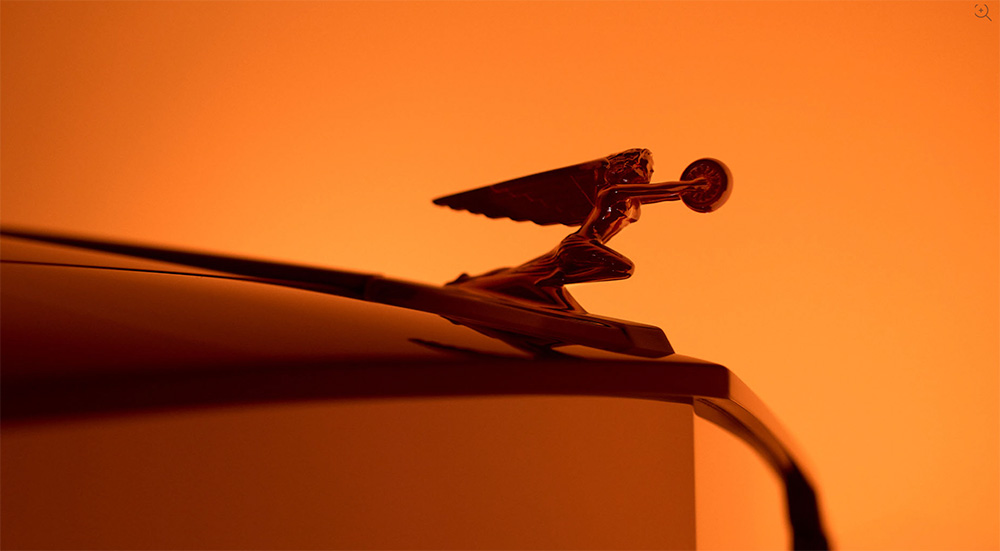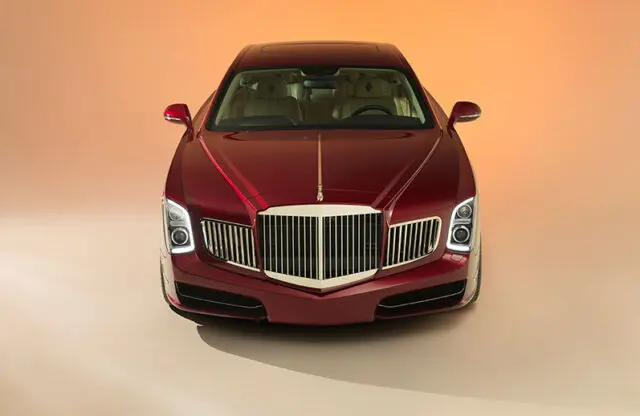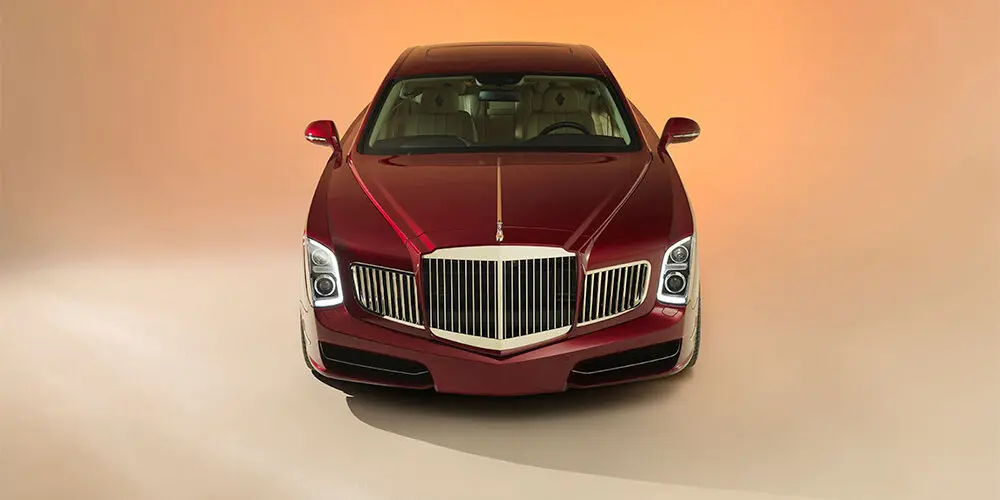The Packard name is back – this bespoke creation, entitled the Excellence, was built by Dutch firm JB Classic and Bespoke for a client, and made its public debut at the Wheels Mariënwaerdt concours over the weekend of September 12-14, 2025.
Built on a second-generation Bentley Flying Spur base, it is a reimagining not only of what a Packard could be had the name not disappeared decades ago, but also if a proposed Facel Vega/Packard collaboration come to fruition in the 1960s. Magneto magazine spoke to its designer, Frank Reijenga of design and engineering firm CinovarA, about how it all came together, and its unique challenges.
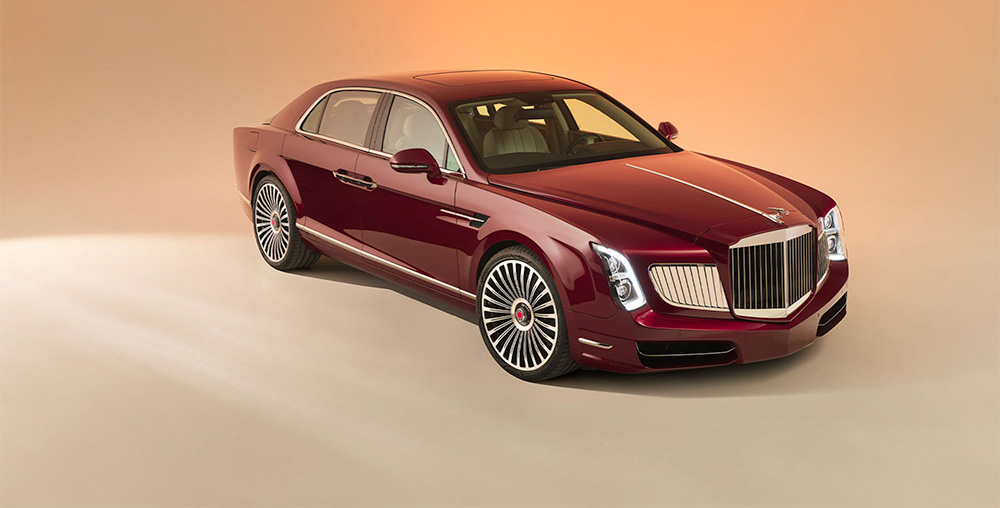
“The project began in 2020,” says Reijenga. “Jasper Beukenkamp (of JB Classic and Bespoke) has a long-time client with a number of Packards, and together they began to imagine what it would be like if there was a modern Packard, and they asked me to imagine and design such a car.”
The client was a Bentley fan; he already owned the donor car, and its engine suited the project – it’s a W12, and Packards were famous for their 12-cylinder engines, Frank says. Choosing a visual style with no recent design clues meant studying the 40 Packards in the client’s personal collection.
“I considered American design philosophy; American cars tend to be bold and expressive with dramatic shapes, and I wanted that to come through,” Reijenga says. “We identified the typical Packard details to use. First is the grille, with its distinctive tall shape that slopes into the bonnet. There is the Packard arrow on the side with red striping, the red hexagon in the wheels, and the mascot at the front known as the Goddess of Speed.”
Rather than take such elements at face value, Frank says he had to imagine how the brand would have developed since it stopped. “There would have been a slow progress and translation to the modern times,” Reijenga explains. “So I had the job to do that all at once and not over many decades, and not lose the all the details that are important for the brand.”
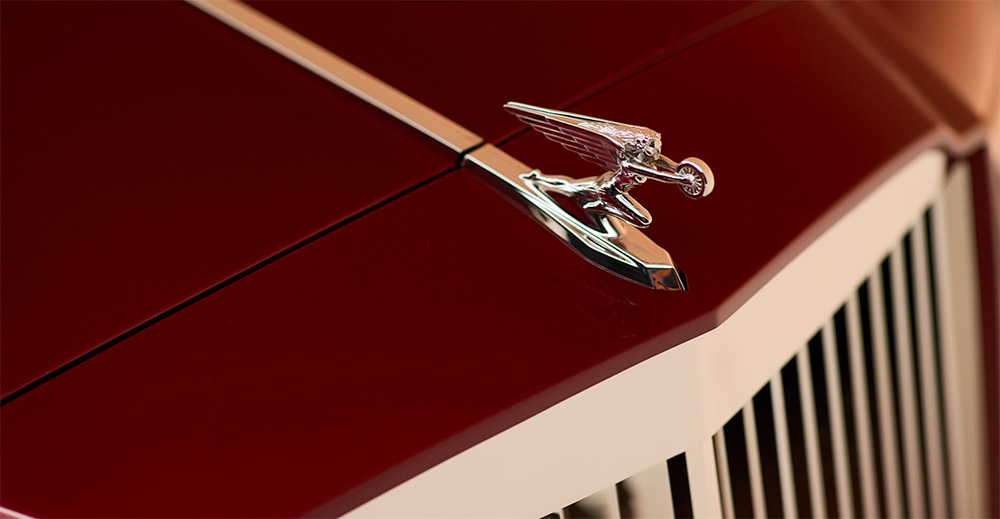
The design also references the client’s other love – Facel Vega. “There were rumours that Facel Vegas would have been sold in the US under the Packard brand with Packard engines – this project also pays homage to the Facel Vega and incorporates design elements from it, such as the front grille, side wings and the line from front to rear,” Frank explains.
“The Facel Vega was also notable for having every metal component made from stainless steel. In this car, all visible metal is solid stainless steel, including the hand‑crafted door handles, which are carved from large pieces. It is an enormous challenge, but it creates a strong link between the two vehicles.”
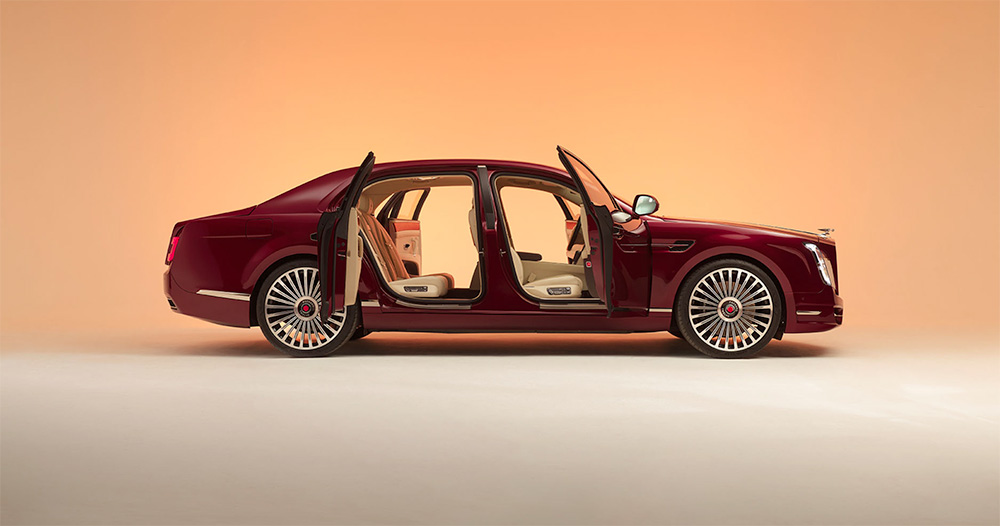
Reijenga says everything on the car was designed specifically for the project, including a modern interpretation of the Goddess of Speed: “The badges and logos have been modernised because Packard is no longer active. My task was to translate those heritage elements into a contemporary form without losing the details that are important to the brand.”
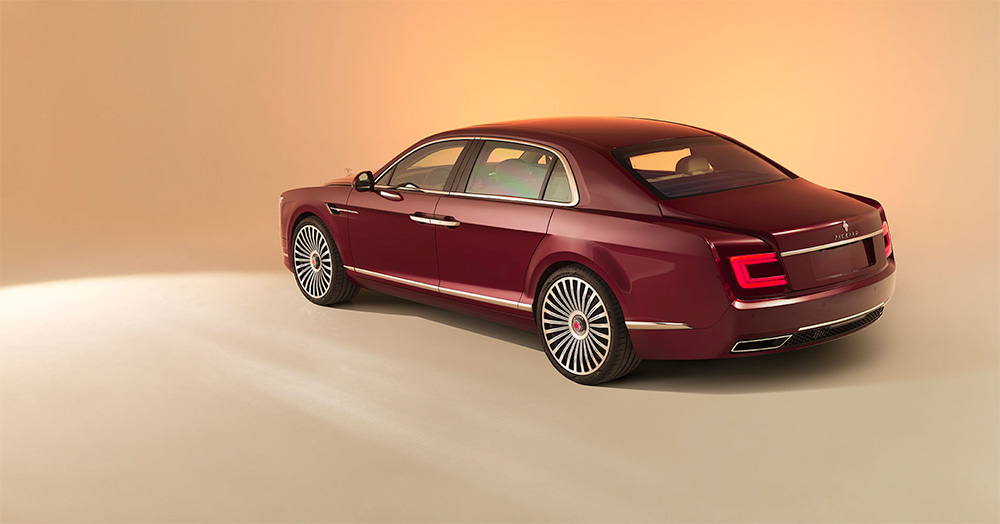
Other than a portion of the rear, the entire body is made from aluminium, developed from a clay model that was translated into a computer and used to build moulds. From there, the body panels were hand-shaped on an English wheel, which Frank says took most of the time during the car’s five-year gestation.
Another major challenge was the bespoke lighting system. “The front and rear lights are completely new, engineered and modelled for this car. Underneath, however, all the technology, lenses and light units come from the original Bentley,” Reijenga says. “The components we designed in-house are manufactured by companies that also produce for the original Bentley, so they know exactly how to make the parts to conform to regulations.”
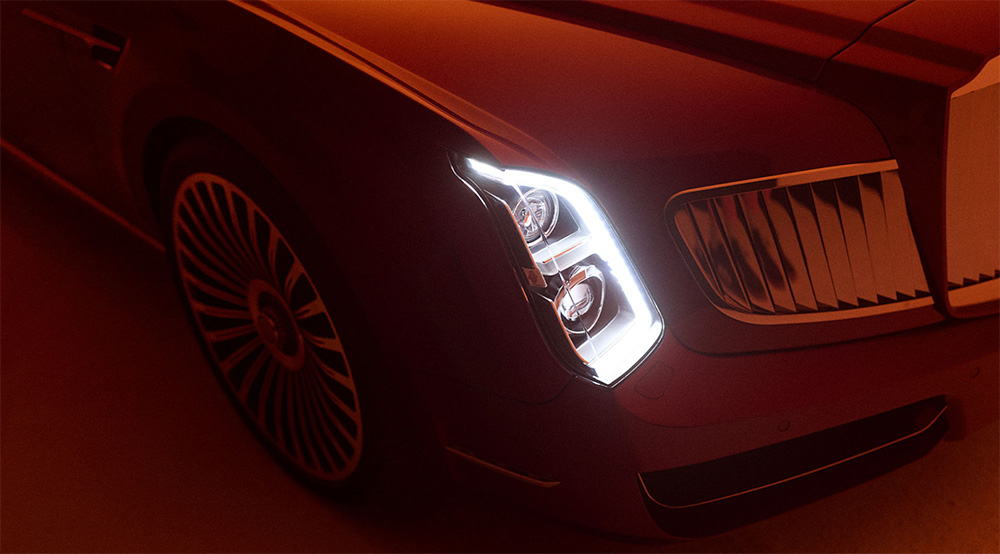
Another major challenge were the rear suicide doors – something not present on the original Flying Spur. “Normally there are two hinges, but because of the shape we had to engineer a single, very sturdy hinge. Integrating it was complicated and it is invisible now that the car is finished, but it was very challenging,” Frank explains.
“We engineered that completely from scratch. One detail that is often overlooked is that when you create doors such as this, they fold into each other and touch in the middle. You have to make space for that and ensure they close correctly. For this car, there are are three pillars between the windows. The central pillar is on the B-pillar and allows the doors to close simultaneously.”
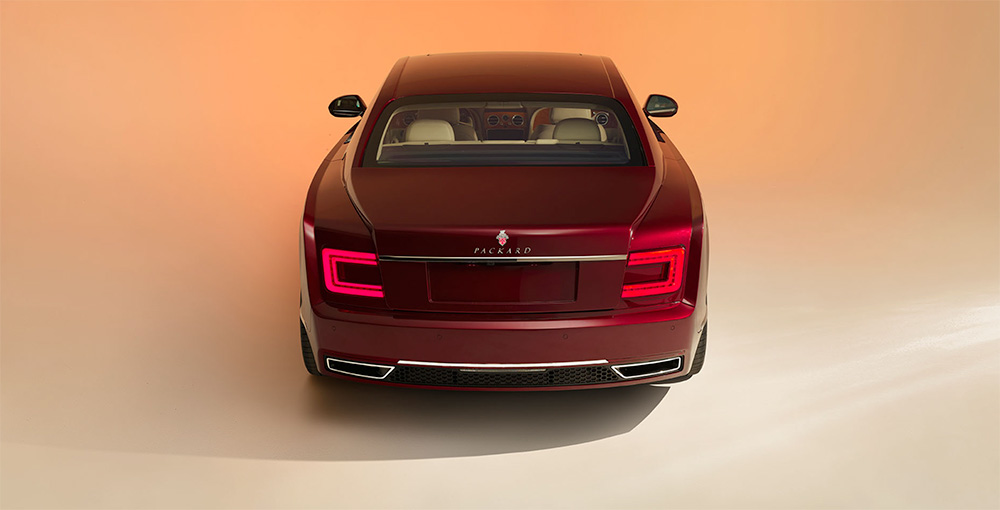
Other than some bespoke scripts and replacing Bentley badges with Packard ones, the interior was left alone at the request of the client. As for Reijenga’s favourite part, he says it has to be the line along the side of the body. “It is very distinctive and rare in modern cars but common in older American vehicles. I also like the headlights, the suicide doors, the large door handles and, of course, the Goddess of Speed on the front,” he says.
Interested in a Packard for yourself? Frank smiles and confirms the car will remain a one-off. More details are available via CinovarA and JB Classic and Bespoke.
